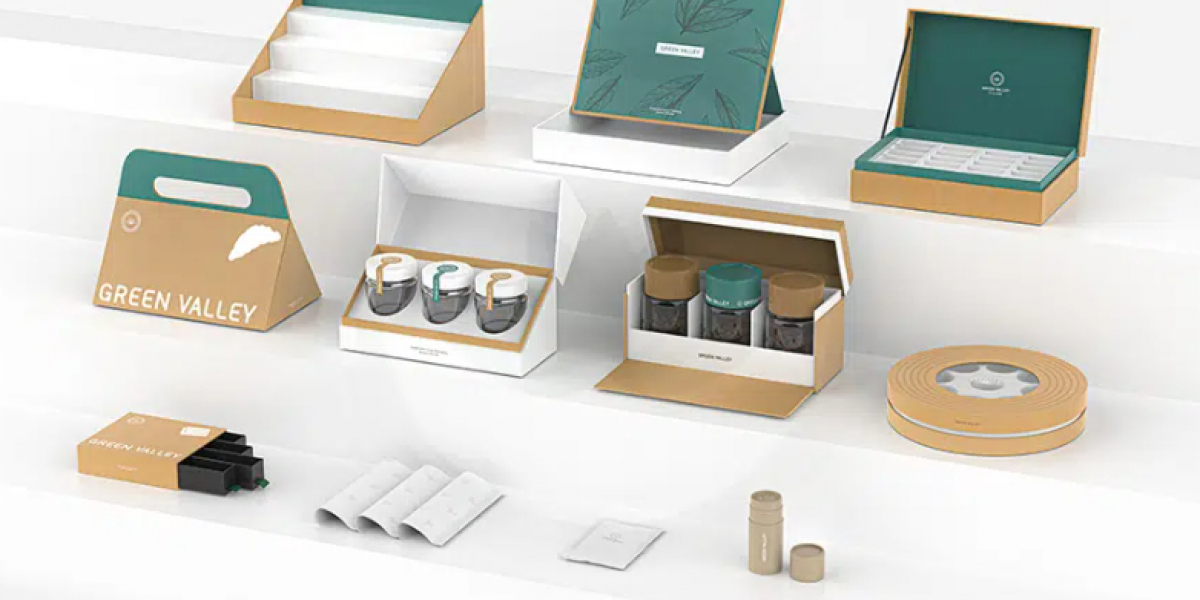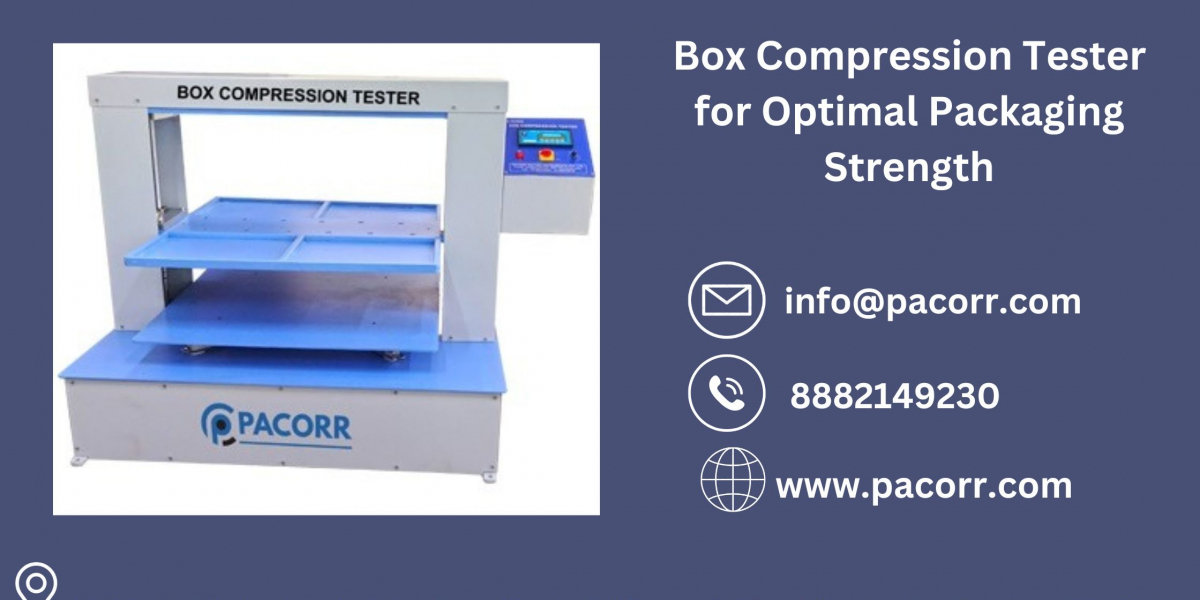As concerns about environmental degradation and plastic pollution continue to rise, businesses are increasingly seeking alternatives that not only meet their packaging needs but also align with eco-friendly practices. Molded pulp food packaging, also known as molded fiber packaging, presents an innovative approach to addressing these challenges. This article delves into the characteristics, manufacturing processes, and the sustainability of molded pulp food packaging, highlighting why it is gaining traction in various industries.
What Is Molded Pulp Food Packaging?
Molded pulp food packaging is primarily composed of recycled paperboard, newsprint, and other fibrous materials such as sugarcane bagasse, bamboo, and wheat straw. This eco-friendly packaging material is specifically designed to provide protection for a wide range of items, including food service trays, beverage carriers, and various consumer products.
Key Characteristics of Molded Pulp Food Packaging
One of the defining features of molded pulp food packaging is its manufacturing process. The production of this packaging begins with blending raw materials with water to create a pulp slurry. This slurry is then shaped using a mesh forming tool, subjected to a vacuum to achieve the desired thickness. After forming, the wet parts are dried and pressed to create a smooth surface that allows for the application of logos or artwork. This process not only results in a robust and functional product but also minimizes waste, making it an attractive option for environmentally conscious businesses.
In contrast to traditional cardboard boxes, molded pulp packaging is crafted into complex three-dimensional shapes with rounded corners. This design enhances the aesthetic appeal of the packaging while also facilitating efficient release from molds during production. As a result, businesses can offer visually appealing products without compromising on functionality.
Sustainability and Environmental Impact
Sustainability is a cornerstone of molded pulp food packaging. Made from recycled materials, this packaging significantly reduces carbon emissions during production. Furthermore, molded pulp is biodegradable, decomposing naturally without contributing to long-term pollution. This characteristic makes it a preferable alternative to plastic packaging, which often ends up in landfills and oceans, posing a threat to wildlife and ecosystems.
Moreover, the recycling rates for paper and cardboard are considerably higher than those for plastic. This contributes to a more sustainable closed-loop system, where materials are reused rather than discarded. Businesses that adopt molded pulp packaging not only fulfill their packaging needs but also demonstrate a commitment to environmental responsibility. The benefits of molded pulp food packaging cannot be overstated, and companies looking to implement sustainable practices should consider this option seriously.
The Types of Molded Pulp Food Packaging
Molded pulp food packaging can be categorized into four main types, each with distinct characteristics based on the manufacturing process:
Thick Walled: Made from a single mold with a wall thickness of 3/16 to 3/8 inches, this type is robust and ideal for heavy items.
Transfer Molded: Involves one forming and one transfer mold, typically with a wall thickness of 1/8 to 3/16 inches. This type allows for more intricate designs while maintaining strength.
Thermoformed (Thin-Walled): Created using multiple heated molds, this type has a wall thickness of 3/32 to 5/32 inches. It is lightweight and suited for various applications, including food packaging.
Processed: This involves a secondary or special treatment process to enhance the packaging's properties. This versatility makes molded pulp suitable for a wide array of products.
As businesses consider transitioning to more sustainable packaging options, understanding the different types of molded pulp can help them make informed choices that best fit their needs.
Challenges and Considerations in Molded Pulp Food Packaging
Despite its many advantages, molded pulp food packaging does come with some limitations that businesses need to consider. One notable challenge is its sensitivity to moisture. Without protective coatings, molded pulp may not be suitable for packaging wet or greasy products, as exposure to moisture can lead to degradation. This can limit its applicability in certain food service environments.
Additionally, compared to plastics, molded pulp packaging has limited design flexibility. Customizing molded pulp to achieve specific aesthetic goals or functional requirements can result in higher production costs. Businesses should weigh these factors against the environmental benefits when deciding to make the switch.
Transitioning to molded pulp packaging can also involve higher initial production costs. The investment in manufacturing equipment and the development of custom molds can be significant, particularly for small businesses. However, the long-term benefits of adopting a sustainable packaging solution often outweigh these initial challenges.
In conclusion, molded pulp food packaging represents a forward-thinking approach to packaging that aligns with modern sustainability goals. Its eco-friendly properties, coupled with its functional design capabilities, make it an attractive option for businesses looking to reduce their environmental footprint. For more insights and innovations in molded pulp packaging, visit Otarapack and explore how this solution can fit into your packaging strategy. As industries continue to embrace sustainability, molded pulp food packaging stands out as a viable alternative that meets both consumer needs and environmental responsibilities.



